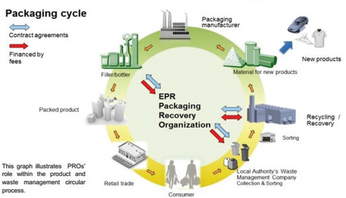
Electron-beam curing for battery production offers potential solutions
It is no secret that batteries have become intrinsic to everyday life. Batteries have made mobile technology possible – from the flashlight to the Walkman to the cellphone – and, in turn, technology has demanded battery development keep pace.
It is no secret that batteries have become intrinsic to everyday life. Batteries have made mobile technology possible – from the flashlight to the Walkman to the cellphone – and, in turn, technology has demanded battery development keep pace. As batteries become more compact, powerful and flexible, technology already has designs to use those improvements to produce smaller, longerlasting wearable devices or electric vehicles (EVs) with increased range and faster recharging. Thus, it likely is no surprise that battery production has only increased over the last century. Lithium-ion (Li-ion) batteries alone have experienced exponential growth, increasing globally from 0.5 gigawatt-hours (GWh) in 2010 to over 500 GWh in 2021 [1].
This post is for paying members only
SubscribeAlready have an account? Log in

